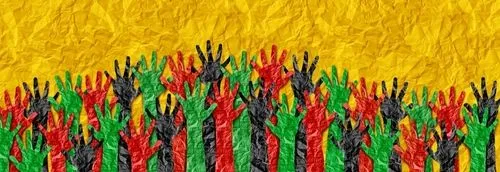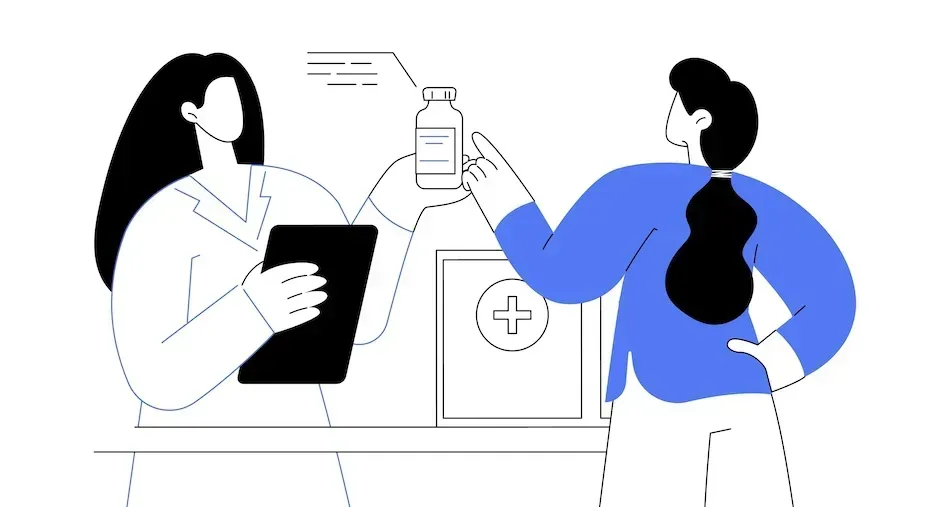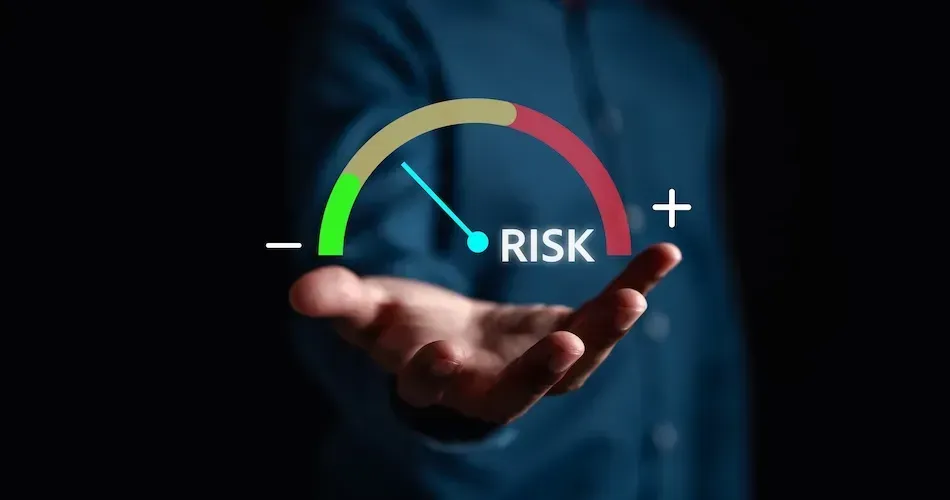What are CLL Signs and Symptoms?
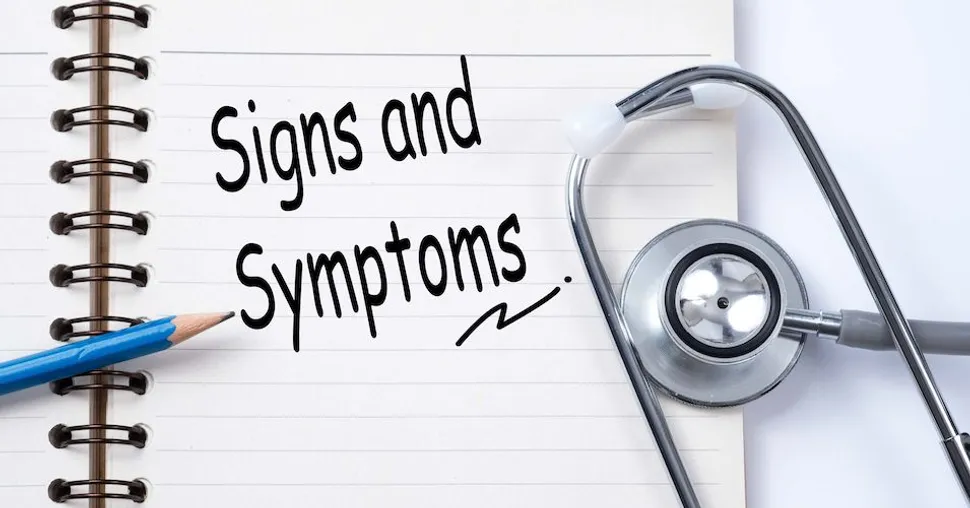
Drs. Lydia Scarfò, Alvaro Alencar, and Alex Mejia Garcia helped answer questions about what are CLL signs and symptoms.
Watch the full video below:
Common Ways CLL Patients are First Diagnosed
Most CLL patients are not diagnosed because of signs or symptoms (a symptom is a manifestation of the illness that the patient experiences and the doctor does not see. A sign is a manifestation of the illness that the doctor is able to see).
Rather, the most common way patients are diagnosed with CLL is through a routine blood test such as during an annual checkup. The blood test shows an increased white blood cell count. The blood sample is sent to a hematologist (doctor that specializes in studying blood) who then runs tests on the sample and identifies the CLL cells (clones of the same mutated B-cell).
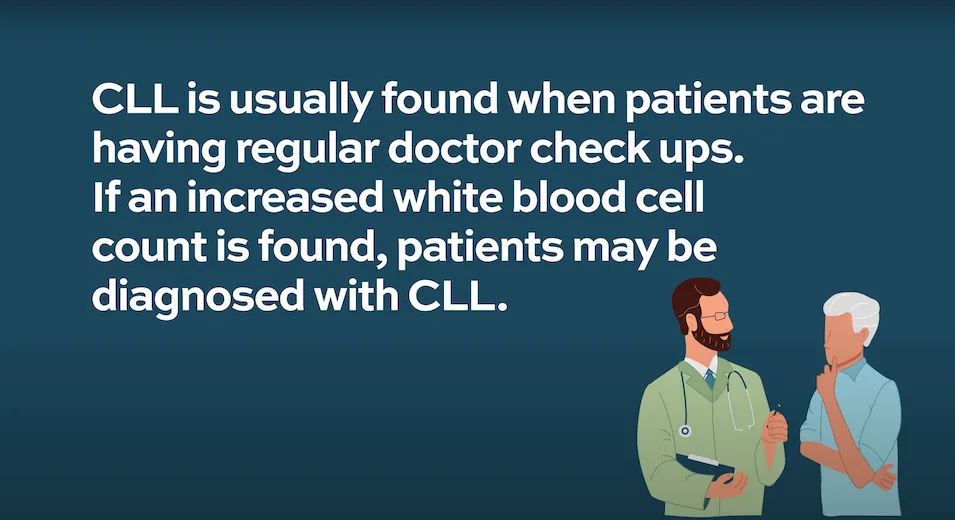
Sometimes, the signs and symptoms of CLL are what bring the patient to the doctor. The patient may have things like anemia, frequent infections, fatigue, enlarged lymph nodes, unintentional weight loss, night sweats, they may bleed or bruise easily, or have an enlarged spleen and/or liver.

The reason CLL patients may experience the above signs and symptoms is because CLL cells are mutated B-cells. B-cells are created in the bone marrow (which are then released into the bloodstream) and the lymph system (see here for more information about What is a B-cell?). When CLL cells multiply in those areas, they can build up in the lymph system nodes and organs making them swell. CLL cells may crowd out other needed blood cells like white blood cells (protect the body against infections), red blood cells (carry oxygen to parts of the body which if low, the patient can experience symptoms of anemia), and platelets (fix wounds, if low the patient can bruise and bleed easily).
When do I start treatment?
Treatment for CLL begins once one of the following is present (read more about the staging system for CLL here):
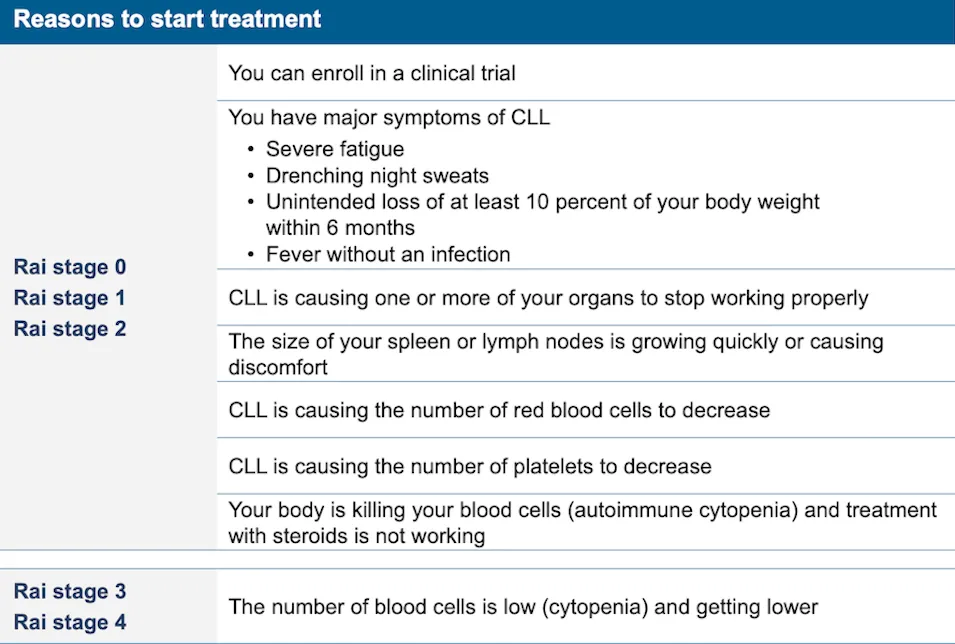
Source: NCCN Guidelines for CLL Patients
If one of the above signs or symptoms is not present, CLL treatment does not start. Rather, the patient and their care team monitor the patient's health over time called the "watch and wait" period. Patients are encouraged to live their lives as normal and keep in contact with their medical team regarding any concerns they may have. The reason behind choosing watch and wait as opposed to beginning treatment at the time of diagnosis without signs present is because the length and health-related quality of patient life has not been found to be impacted by waiting.
Have questions related to a CLL diagnosis? Contact a CLL specialist near you using HealthTree's CLL Specialist Directory.
Drs. Lydia Scarfò, Alvaro Alencar, and Alex Mejia Garcia helped answer questions about what are CLL signs and symptoms.
Watch the full video below:
Common Ways CLL Patients are First Diagnosed
Most CLL patients are not diagnosed because of signs or symptoms (a symptom is a manifestation of the illness that the patient experiences and the doctor does not see. A sign is a manifestation of the illness that the doctor is able to see).
Rather, the most common way patients are diagnosed with CLL is through a routine blood test such as during an annual checkup. The blood test shows an increased white blood cell count. The blood sample is sent to a hematologist (doctor that specializes in studying blood) who then runs tests on the sample and identifies the CLL cells (clones of the same mutated B-cell).

Sometimes, the signs and symptoms of CLL are what bring the patient to the doctor. The patient may have things like anemia, frequent infections, fatigue, enlarged lymph nodes, unintentional weight loss, night sweats, they may bleed or bruise easily, or have an enlarged spleen and/or liver.

The reason CLL patients may experience the above signs and symptoms is because CLL cells are mutated B-cells. B-cells are created in the bone marrow (which are then released into the bloodstream) and the lymph system (see here for more information about What is a B-cell?). When CLL cells multiply in those areas, they can build up in the lymph system nodes and organs making them swell. CLL cells may crowd out other needed blood cells like white blood cells (protect the body against infections), red blood cells (carry oxygen to parts of the body which if low, the patient can experience symptoms of anemia), and platelets (fix wounds, if low the patient can bruise and bleed easily).
When do I start treatment?
Treatment for CLL begins once one of the following is present (read more about the staging system for CLL here):

Source: NCCN Guidelines for CLL Patients
If one of the above signs or symptoms is not present, CLL treatment does not start. Rather, the patient and their care team monitor the patient's health over time called the "watch and wait" period. Patients are encouraged to live their lives as normal and keep in contact with their medical team regarding any concerns they may have. The reason behind choosing watch and wait as opposed to beginning treatment at the time of diagnosis without signs present is because the length and health-related quality of patient life has not been found to be impacted by waiting.
Have questions related to a CLL diagnosis? Contact a CLL specialist near you using HealthTree's CLL Specialist Directory.

about the author
Megan Heaps
Megan joined HealthTree in 2022. She enjoys helping patients and their care partners understand the various aspects of the cancer. This understanding enables them to better advocate for themselves and improve their treatment outcomes.
More on HealthTree Programs
Trending Articles

Get the Latest Chronic Lymphocytic Leukemia Updates, Delivered to You.
By subscribing to the HealthTree newsletter, you'll receive the latest research, treatment updates, and expert insights to help you navigate your health.
Together we care.
Together we cure.
3x Faster.





